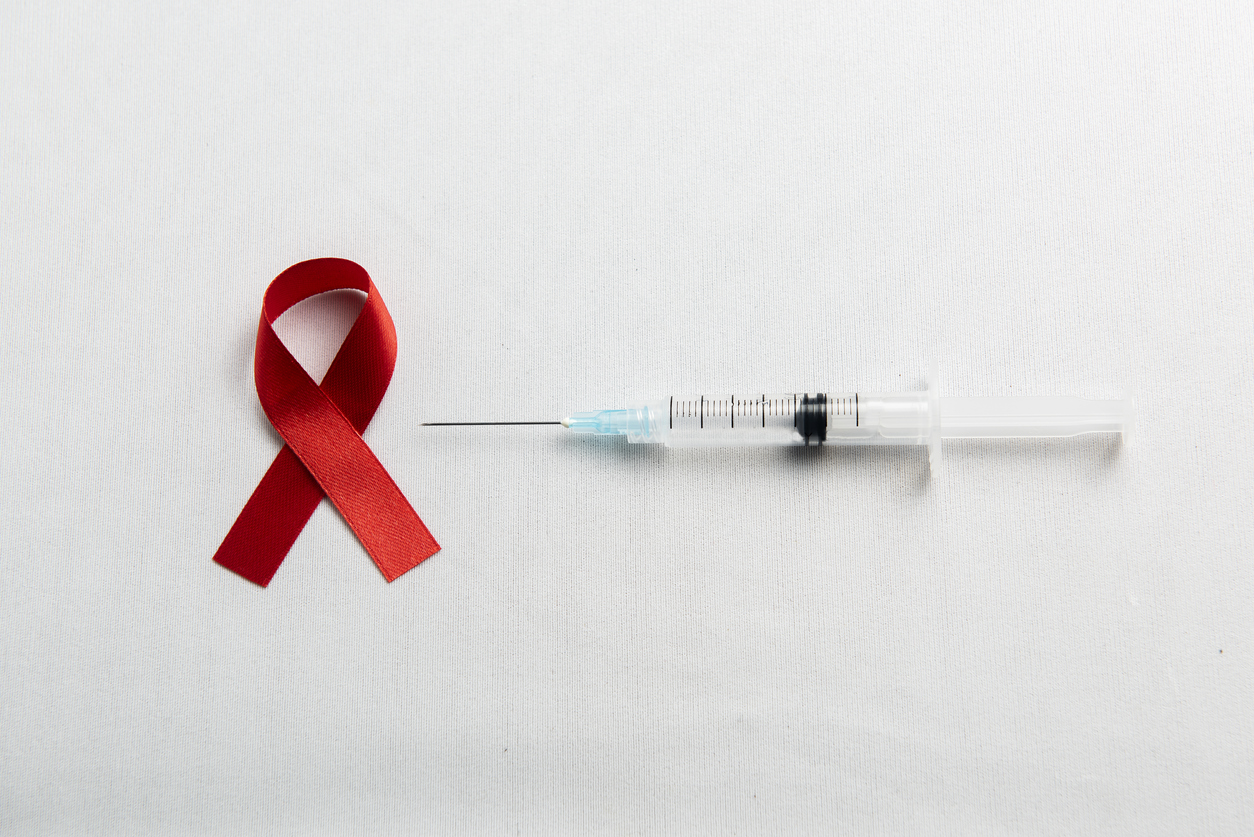2025-08-20
CDK6 inhibits de novo lipogenesis in white adipose tissue but not in the liver
Allergology and Immunology Endocrinology and Metabolism
By Lila Rouland | Published on august 20, 2025 | 3 min read
#DeNovoLipogenesis #WhiteAdiposeTissue #Obesity #Type2Diabetes #LipidMetabolism
This study explores the role of CDK6 (Cyclin-dependent kinase 6) in regulating de novo lipogenesis (DNL)—the synthesis of fatty acids from non-lipid precursors. DNL in white adipose tissue (WAT) is linked to improved insulin sensitivity, whereas its activation in the liver promotes insulin resistance, fatty liver (steatosis), and other metabolic disorders. The goal was to determine whether targeted inhibition of CDK6 could enhance beneficial DNL in adipose tissue without worsening hepatic side effects.
Turning off CDK6 activates lipogenesis… but only in fat tissue
In genetically modified mice carrying an inactive CDK6 allele (K43M), researchers observed a strong increase in DNL in visceral adipose tissue (VAT), but no effect in the liver. This lipogenic induction was associated with upregulation of CHREBP (Carbohydrate-Responsive Element-Binding Protein) and key enzymes: ACLY, ACC1, FASN, and SCD1.
Treatment with LEE011 (ribociclib), a pharmacological CDK6/CDK4 inhibitor, reproduced these effects in wild-type mice fed a high-fat diet (HFD). Results included reduced fat mass, increased browning of subcutaneous adipose tissue, enhanced DNL in adipose tissue, and no induction of hepatic lipogenesis.
AMPKα & CHREBPβ: the key targets of CDK6 in controlling DNL
Mechanistically, CDK6 directly phosphorylates AMPKα and CHREBPβ:
- Phosphorylation of AMPKα at Thr-172 activates it, leading to inhibitory phosphorylation of acetyl-CoA carboxylase (ACC1), thereby blocking lipogenesis.
- CHREBPβphosphorylation by CDK6 prevents its nuclear entr y and subsequent activation of lipogenic genes.
In K43M mice, loss of CDK6 kinase activity reduced phosphorylation of both proteins, promoting nuclear accumulation of CHREBPβ and massive induction of lipogenic enzymes in adipose tissue.
RUNX1: the key transcriptional relay of CDK6
The study also shows that RUNX1, a well-known transcription factor in hematology, acts as a critical mediator of CDK6 in adipocytes. In K43M mice with adipocyte-specific deletion of RUNX1 (KR mice), the increase in DNL and CHREBPβ was completely abolished in VAT. This demonstrates an adipose-specific transcriptional regulation that does not occur in the liver.
In adipose-derived stem cells (ADSCs) from K43M mice, shRNA knockdown of CHREBP significantly reduced SCD1 expression but not other lipogenic enzymes, suggesting a cooperative regulation by CHREBP, RUNX1, and possibly SREBP-1c or MondoA.
CDK6 targets fat, not the liver
While DNL was amplified in VAT, the liver was unaffected—or even showed a slight decrease in certain lipogenic enzymes under inactive CDK6. The study highlights organ-specific signaling differences. In adipose tissue, CDK6 inhibition suppressed mTOR/AMPK signaling. In the liver, these pathways were activated. This signaling divergence likely explains the tissue-specific effect of CDK6 on DNL.
Clinical perspectives: toward new metabolic therapies
The findings suggest that targeted CDK6 inhibition could:
- Stimulate beneficial adipose DNL,
- Improve glucose tolerance and insulin sensitivity,
- Reduce obesity-related inflammatory complications,
- Avoid hepatic side effects such as steatosis.
CDK6 inhibitors like ribociclib, already approved in oncology, represent promising candidates for repurposing in the treatment of type 2 diabetes and metabolic disorders.
Read next: Reprogramming fat to starve the tumor?
About the Author – Lila Rouland
Doctor of Oncology, specialized in Biotechnology and Management
With dual expertise in science and marketing, Lila brings her knowledge to the service of healthcare innovation. After five years in international academic research, she transitioned into medical and scientific communication within the pharmaceutical industry. Now working as a medical writer and content developer, she is committed to highlighting scientific knowledge and conveying it to healthcare professionals with clarity and relevance.

Last press reviews
Twice-yearly injections to change the game?

By Ana Espino | Published on December 3rd, 2025 | 3 min read
HIV & young people: what if we changed the rules?

By Ana Espino | Published on December 2nd, 2025 | 2 min read
